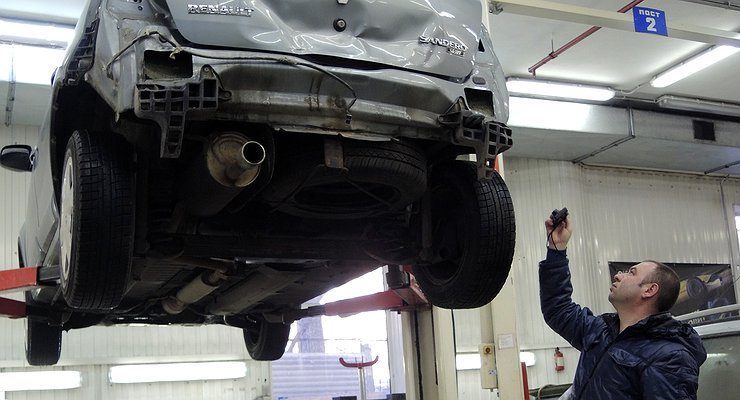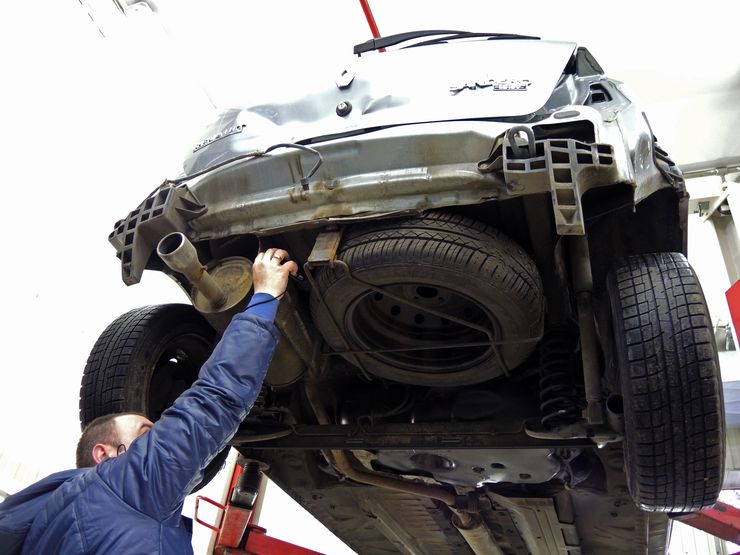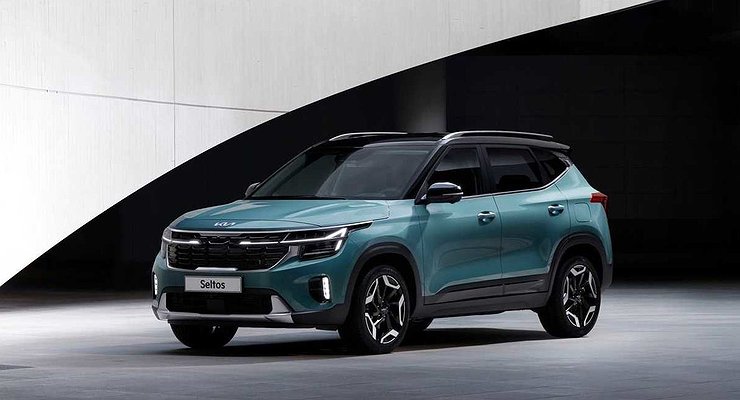With the expression “anti-corrosion treatment”, an experienced driver will wipe a tear from an acute burning sensation not only in the eyes, but also in the nose, and the novice will raise his eyebrows in surprise: they say, why? Then, that the humidity and salt of the Russian road in winter turns a thin coat of paint from a modern car to dust in a few years, and then the iron starts to rot. Bodywork repairs are expensive and complicated, and high-quality repairs, which are solid and worth money, are even more expensive. So it is much easier to treat the entire car with protective agents than to restore the factory look later.
A few decades ago, this thesis raised no questions, although both the quality of the compositions and the appearance of their processing left much to be desired. Today, the market abounds with a variety of “chemistry” that can preserve not only the internal, but also the external elements of the machine, creating a reliable “envelopment” of rust for years to come.
There are expensive ones, there are cheap ones, there is a spray can to apply with a brush, there is also a spray can that can be sprayed with an airbrush. It’s not the form factor that matters, but the composition and features. In the USSR, it was customary to carry out anti-corrosion treatments with almost homemade compositions of drying oil, mining, pushsal and other improvised means. Then came Movil, a special anti-rust compound developed at the research institute. Further, imported funds came to our latitudes, the best of which was the famous “rest stop” – America also has a “rusty belt”.














